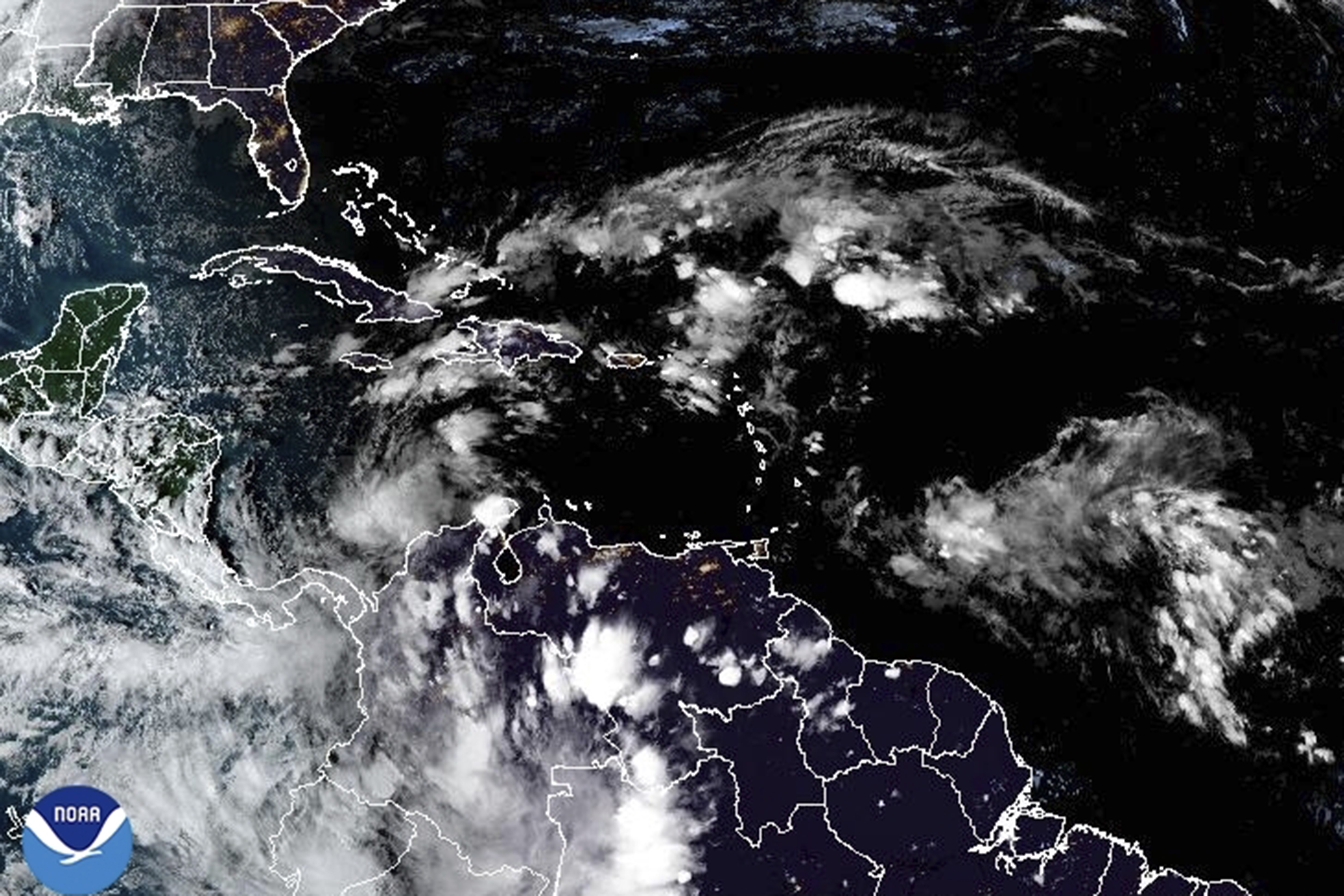The MTA says it will have to implement a slate of sweeping service cuts and changes without $12 billion in federal aid through 2021, including potentially cutting bus and subway service by up to 40 percent and commuter rail service by 50 percent.
The cash-strapped agency made the announcement at a virtual finance meeting Wednesday. It says it must take immediate action without $3.9 billion in additional federal funding this year -- and that the pain will only get worse.
"Expenses cannot be reduced quickly and significantly enough to offset the 40 percent reduction in revenue we have experienced and are expecting," the MTA said.
Immediately, it plans to reduce overtime spending and consulting contracts, as well as shelve some capital projects. Without $12 billion in federal aid through next year, the agency says it may be forced to reduce service on subways and buses by up to 40 percent. That would translate to up to an 8-minute longer wait for the next train and up to a 15-minute longer wait for the next bus. Staff cuts -- permanent reduction of more than 7,200 positions -- may also be required.
Get top local stories in Connecticut delivered to you every morning. Sign up for NBC Connecticut's News Headlines newsletter.
Some who rely on the bus and subway to get around said the service is already slow enough, making it less frequent is almost unfathomable.
"Sometimes you can stand here for an hour. I can't imagine another 15 minutes on the route," said Karen Tates of Crown Heights, who is used to waiting for the bus.
The Long Island Rail Road and Metro-North may have to see an up to 50 percent cut in service, which would save the MTA nearly $160 million annually. Changes could include reduced service frequencies to 60 minutes on heavier ridership lines and 120 minutes on lower ridership lines. Service may be eliminated on one or more LIRR branches, and Metro-North-owned lines west of the Hudson River that serve Rockland and Orange counties in New York (which are serviced by NJ Transit) may be cut altogether as well. The MTA estimates it may have to eliminate nearly 850 commuter rail positions.
U.S. & World
MTA Chairman Pat Foye said the agency is losing $200 million a week. Not even the Great Depression saw a dramatic drop in ridership like the pandemic-induced one, he said.
"If the Senate doesn’t act we will have no choice," Foye added. "Draconian measures would be needed, with massive job cuts and service cuts in the weeks and months ahead.”
Other measures that may be required to address the shortfall include delaying the start of the East Side Access service, saving over $250 million in operating costs; closing ticket windows to save an estimate $8 million (may eliminate up to 60 positions); and eliminating West of Hudson service in NY to save more than $25 million in annual operating costs and avoid nearly $1.2 billion in capital expenses.
Additionally, possible changes to the Access-A-Ride program, such as increasing trips to feeder service and eliminating on-demand service, could save the MTA up to $65 million annually.
Some major 2020-2024 capital projects may also be delayed, the MTA said Wednesday. In an eerie echo of decades past, one of the potential projects that could be paused includes the Second Avenue Subway phase 2, which would mean the subway tunnels in East Harlem would continue to sit untouched — just like how the first phase got stalled in the 1970s financial crisis. Other halted projects may be Penn Station work; the $11 billion East Side Access project linking the LIRR to Grand Central; purchasing of electric bus fleet and new subway rolling stock; signal modernization projects, including the Lexington line and additional ADA station upgrades.
Without $12 billion in federal aid, MTA Bridges and Tunnels could be forced to change its toll structure and reduce staff, impacting regional mobility, according to the agency. Among other changes being considered are: eliminating resident discounts to save the agency over $65 million annually; implementing peak period pricing which could bring in over $100 million annually; permanent workforce reduction of nearly 300 positions for savings of nearly $40 million. However, the agency was quick to note that a reduction in the workforce could result in frequent lane closures and possible facility closures, delays in response time to non-critical incidents and less frequent customer-facing maintenance such as painting or landscaping, as well as less timely information for customer messaging.
"The solution to this nightmare resides in Washington, and the financial issues we face dwarf what the MTA's predecessors faced in the Great Depression," Foye said.
A timeline for when the cuts would take place was not made immediately clear. Gov. Andrew Cuomo said that even if he wanted to, New York couldn't bail out the state-controlled transit agency.
"It is not mathematically possible," Cuomo said. "If you increased taxes to the highest level in the county, you wouldn't come near the amount of money needed to fill the holes."
Furthermore, additional options to manage the cash-strapped transportation agency's cash flow includes potential expense deferral and wage freezes.
While the proposals are many, there have been confirmed spending cuts that include overtime and consulting contracts. These cuts would save the MTA $540 million next year and more going forward, according to the transit agency.
Foye told lawmakers at a Tuesday legislative hearing that subway ridership remains three-quarters below pre-pandemic levels. Foye said subways saw an average 1.3 million customers per weekday as of last week. Bus ridership is around 1.3 million, down nearly 40% from last year.
Train ridership was down by half compared to 2019 levels just a few weeks ago. Still, Foye said ridership is starting to increase: Long Island Rail Road is now down 76% while Metro-North is down 83%.
It's still an unprecedented drop for a mass transit system that once served over three-quarters of the nearly four million people who commuted to Manhattan each day, according to Manhattan Institute Senior Fellow Nicole Gelinas.
According to a new survey from the Partnership of Greater New York, just 8% of Manhattan workers have returned to their office since mid-August. Only 26% of workers are expected to return by the end of the year and only 54% by July of 2021. The majority of mass transit commuters (84%) say they're still concerned about their safety.
Meanwhile, unions representing New York transit workers are demanding swift access to protective gear, better enforcement of mask-wearing and increased service as more businesses and schools re-open their doors.
"The only chance of New York City's economy coming back is a vibrant subway, and people aren't going to get on the subway if the commutes are that bad," said John Samuelsen, president of the Transport Workers Union International.
Union leaders, who said "layoffs would be an unimaginable shameful betrayal," acknowledge it's a tough argument to make as the MTA estimates it's losing about $200 million a week. Even if Congress does grant additional aid, it's unclear how the pandemic will impact commuting patterns down the road, Gelinas said. She warned significant service cuts or fare hikes could discourage people from returning to mass transit.
New York is trying to encourage riders to return by disinfecting subways each night and offering smartphone app that lets passengers know which train cars have more space to spread out.
The public can once again board MTA buses through the front door starting Aug. 31, when riders will start paying the $2.75 fare again.
Amalgamated Transit Union Local 1179 President Jose DeJesus said buses need more plexiglass barriers to prevent the virus from spreading and called for updated ventilation and air control systems.
He said police officers should help ensure riders are wearing masks as required.
“A lot of people will fight you on the mask,” DeJesus said.
Several union leaders called for hazard pay for all transit workers and said the MTA failed to ensure protective gear to workers at the start of the crisis.
They said workers still face delays, and questioned whether the MTA is storing masks in case of a pandemic as laid out in the agency's pandemic plans.
“If a second wave comes, we cannot operate the way it did when the first wave came,” said Transport Workers Union Local 100 President Tony Utano. “If we don’t have masks, we’re not going to work.”
Anthony Simon, who chairs a union that includes rail and transportation workers, said they were left making their own hand sanitizer as COVID-19 spread in the dense metropolis earlier this year.
“It was absolutely out of control,” Simon said.



